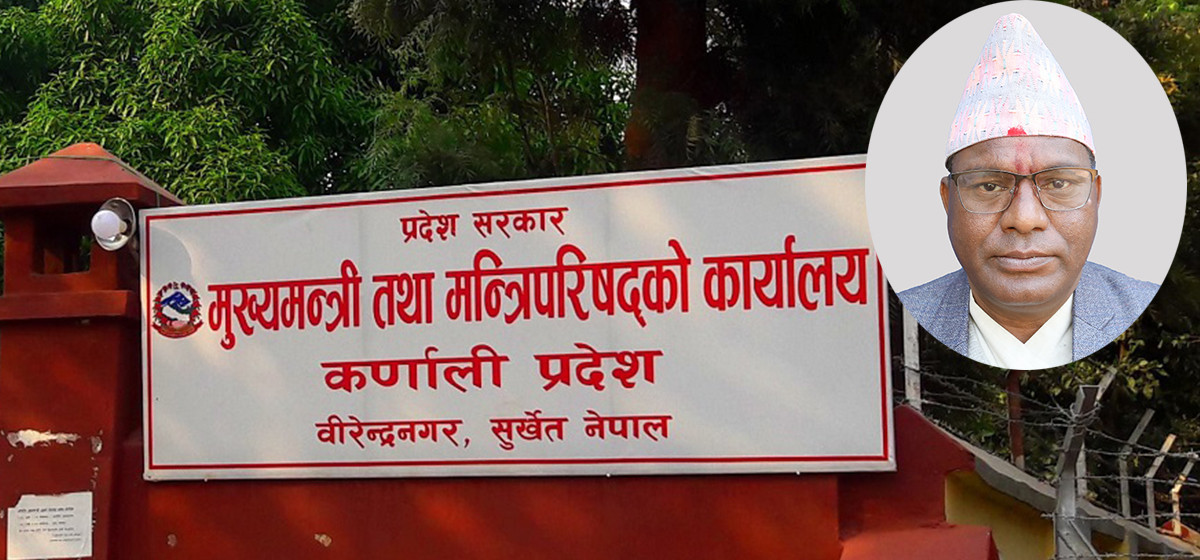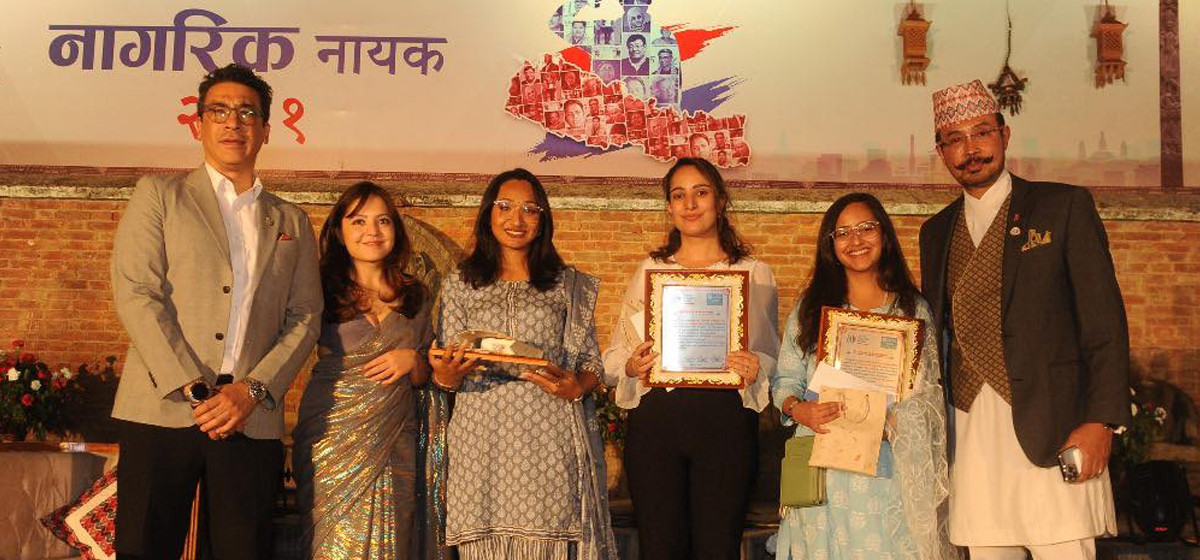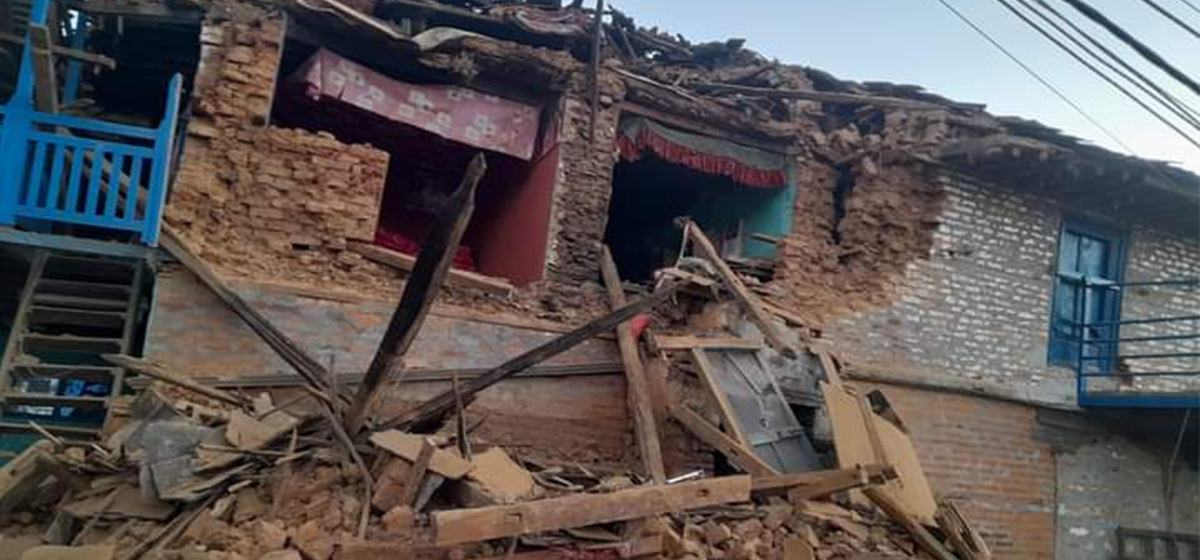
OR
State of mental health
As the country marked the World Mental Health Day on October 10th, there wasn’t much to celebrate. Despite years of activism awareness on mental health and timely treatment remains dismal. According to the World Health Organization, one in four people will develop mental or neurological disorder at some point in their life. This means that out of Nepal’s population of around 28 million, around seven million people will at one point or the other suffer from a mental disorder. This is a shocking bit of statistic. Yet the Nepali state’s response has been underwhelming. Nepal still spends less than a percentage of the total health budget on mental health. There are just 0.22 psychiatrists and 0.06 psychologists for every 100,000 people in Nepal, and most of these medical personnel are based in a handful of urban centers. Moreover, there is little in terms of awareness. While awareness ads on reproductive health and healthy families are ubiquitous, few of us will readily recall a government-sponsored ad on mental health, if there is any. This is why the vast majority of those who have mental health issues are either forced to hide their problems, fearing stigma, or not even know that they have a problem and that there is a cure available.
In the past few days the parliament has passed a much-needed bill on universal health so that no Nepali is deprived of timely and adequate healthcare. Since the insurance scheme will also cover OPD visits, we hope that the trend of people seeing psychiatrists and psychologists when they have a problem also increases. Thanks to the growing penetration of internet, more and more people are able to arrive at tentative diagnosis of their medical problems, and such early diagnosis is especially helpful in mental health disorders. When people actually know that their symptoms constitute particular mental health illnesses, and that there is cure at hand, then they are likely to seek medical help. But the state could do a lot more to spread awareness. Why aren’t there more ads in multiplexes, TV channels, radio stations and our newspapers on mental health? And why can’t a higher percentage of our budget be spent on mental health considering that it is number one cause of disability in the world? If we can quickly diagnose and treat mental health ailments in children—and more than half the mental health problems appear before the age of 14—they can go on to become productive citizens when they grow up.
Now that the state will cover the medical bills of all Nepalis, early diagnosis and treatment will also significantly reduce state expenses on latter-stage expensive treatments of mental disorders. But we will need many-many more trained manpower in psychiatry in order to be able to make a meaningful impact on mental health of 28 million Nepalis. Even though there is a big latent demand for them, not many medical students take up psychiatry. Perhaps time has come to establish tertiary centers to produce new psychiatrists and psychologists. All in all, it can be said that the field of mental health has been badly neglected thus far, doing grave injustice to millions of silently suffering Nepalis.
You May Like This

The overlooked side of Reecha Sharma -Chhakka Panja controversy
Reecha Sharma didn't have to comment like she has been cheated or double-crossed by the viewers. Her movie ‘Aadha Love’... Read More...

Traditional strikers getting overlooked in English football
MANCHESTER, Nov 2: There's a new craze sweeping through the Premier League — and it spells bad news for the traditional center forward. ... Read More...








Just In
- Youth found dead in a hotel in Janakpur
- CM Kandel to expand cabinet in Karnali province, Pariyar from Maoist Center to become minister without portfolio
- Storm likely to occur in Terai, weather to remain clear in remaining regions
- Prez Paudel solicits Qatar’s investment in Nepal’s water resources, agriculture and tourism sectors
- Fire destroys 700 hectares forest area in Myagdi
- Three youths awarded 'Creators Champions'
- King of Qatar to hold meeting with PM Dahal, preparations underway to sign six bilateral agreements
- Nepal's Seismic Struggle and Ongoing Recovery Dynamics



_20240423174443.jpg)







Leave A Comment